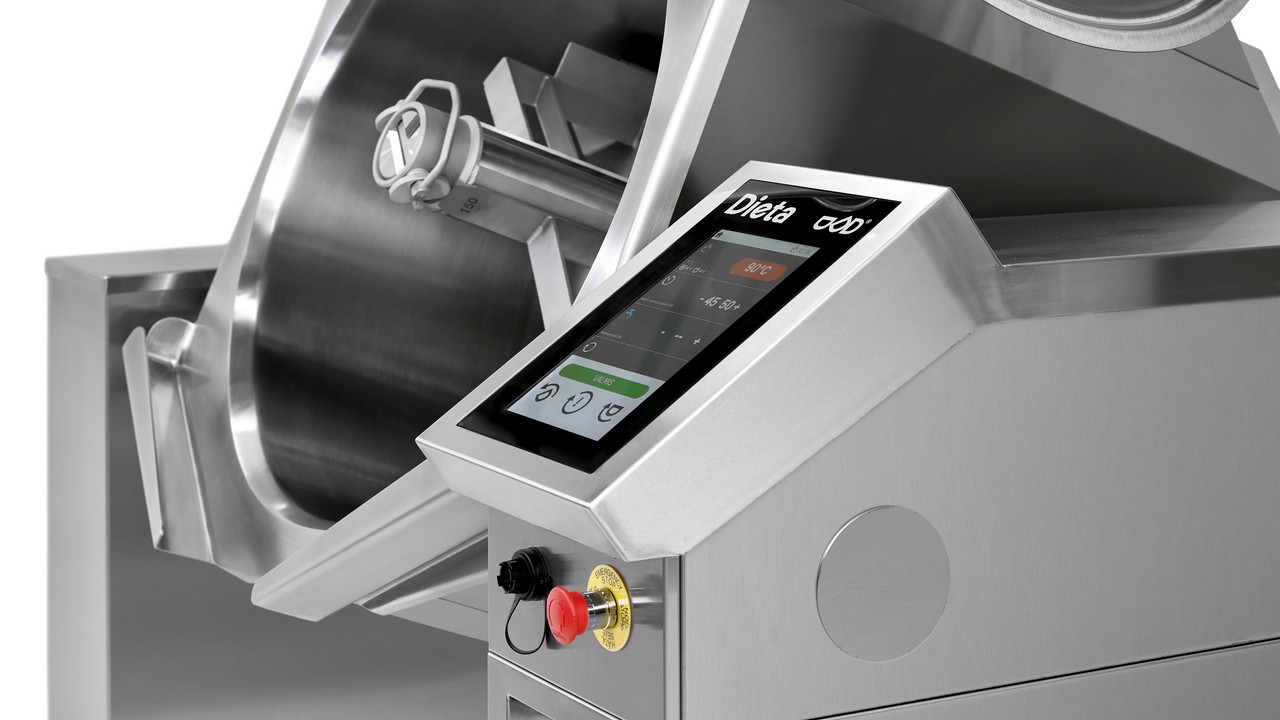Every chef knows the difference between a potato purée that holds its shape and one that slides across the plate. Or the contrast between a sauce that stays silky smooth and one that separates. Those details shape the dining experience and influence a kitchen’s efficiency and reputation.
With a kettle that can switch between different mixing tools, chefs gain the power to decide how a dish will feel before a single ingredient hits the pot. The result? Greater control, more variety, and fewer compromises when scaling recipes.
From smooth to rustic
Take soups and sauces. A kettle fitted with scrapers keeps food moving constantly, preventing anything from catching at the bottom. The outcome is even cooking and a texture that is reliably smooth. But swap to a hook, and suddenly the kettle can handle chunkier bases or rustic-style fillings without breaking them down too much. One machine, two very different results.

Strength versus lightness
Dense foods, such as mashed potatoes or marinading meat, demand strength. The mixing hook develops structure, folding the mass until it reaches the right firmness.

But not everything needs muscle. Sometimes lightness is the goal — airy sauces, foams, or dessert bases. That’s when the whipping tool earns its place, transforming a mixture into something soft and fluffy, even at volume.
 Genier Whipping tool
Genier Whipping tool
Protecting the delicate
Not every ingredient should be broken apart. Large vegetable pieces, added late to a soup, need gentle handling. The folding tool incorporates them without tearing or crushing, keeping the texture intact. The same approach works when fragile ingredients need to be combined at the final stage of cooking. It’s about finesse, not force.

Why it matters
For chefs, the right mixing choice means freedom: the ability to produce both everyday staples and refined dishes with the same piece of equipment. For kitchen managers, it means fewer specialised machines, faster workflows, and consistent results. And for distributors, it’s proof that the Genier Kettle is not just a cooking vessel but a system that adapts to every task — an investment that brings value across all kinds of kitchens.
Because in the end, food is remembered not for the tools we used, but for the experience it delivers on the plate.




